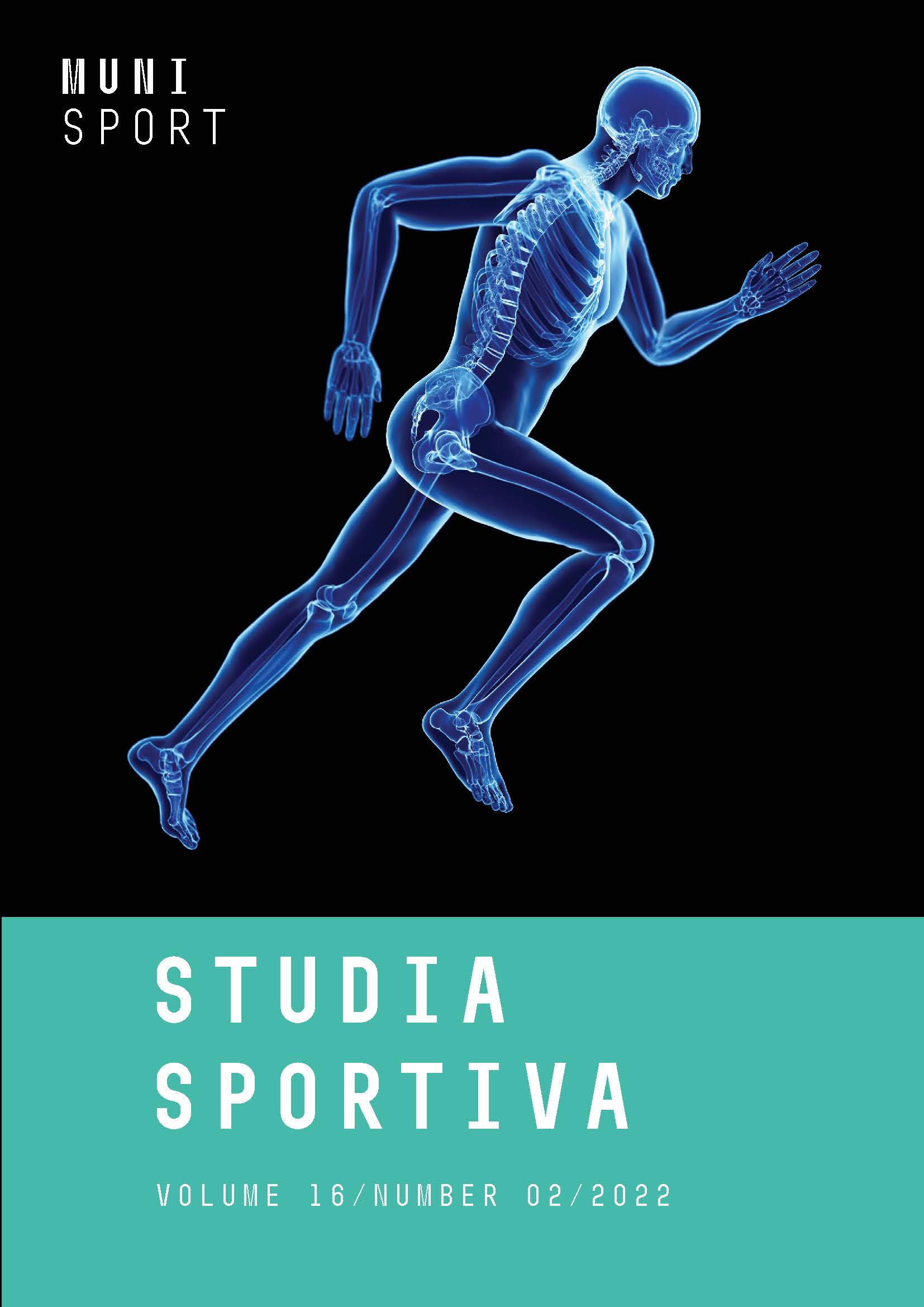Evaluation of the Quality of Life of University Students in Prague after the Annual COVID-19 Restrictions
Evaluation of the Quality of Life of University Students in Prague after the Annual COVID-19 Restrictions
Author(s): Tomáš PolívkaSubject(s): Sports Studies
Published by: Masarykova univerzita nakladatelství
Summary/Abstract: Background: The COVID 19 disease brings about a variety of restrictions that affect the quality of life. For Czech students across all tiers of the educational system, the 2020/2021 academic year was very challenging as they basically spent all of it in a distance learning mode. In addition, the restrictions put in place by the Czech government did not allow for the value of health to be upheld in all of its components.Objective: The objective of this study was to look into the views on the quality of life in a group of 381 Prague university students who had gone through distance learning. As part of the study, we divided the set along faculty and year-of-study lines.Methods: As a research tool, we used the Czech version of the World Health Organisation’s WHOQLBREF Quality of Life Questionnaire. Within the descriptive statistical analysis we worked with the basic quantities of central tendency and variability. For the purposes of inferential statistical analysis, we used Cronbach's alpha (to determine the set consistency), correlation to determine domain dependencies, and ANOVA to test statistical hypotheses.Results: The set was content with the overall quality of life, with Faculty of Physical Education and Sport students and second- and third-year students coming on top as the most satisfied once the set had been divided. The lowest values were reported in the physical health domain, which is inconsistent with the findings of other research conducted on this topic; on the contrary, the highest values were shown for the set in the environmental health domain; this is in line with foreign research. In our set, we found statistically significant variations in the metal health and social health and environmental domains once the set was divided along the faculty, and year-of-study lines, respectively. There are statistically significant differences between the individual sets.Conclusions: Based on a comparison with foreign research, we recommend a deeper investigation into this issue since the perception of the quality of life in secondary and tertiary students is a key factor in the development of society.
Journal: Studia sportiva
- Issue Year: 16/2022
- Issue No: 2
- Page Range: 258-267
- Page Count: 9
- Language: English

